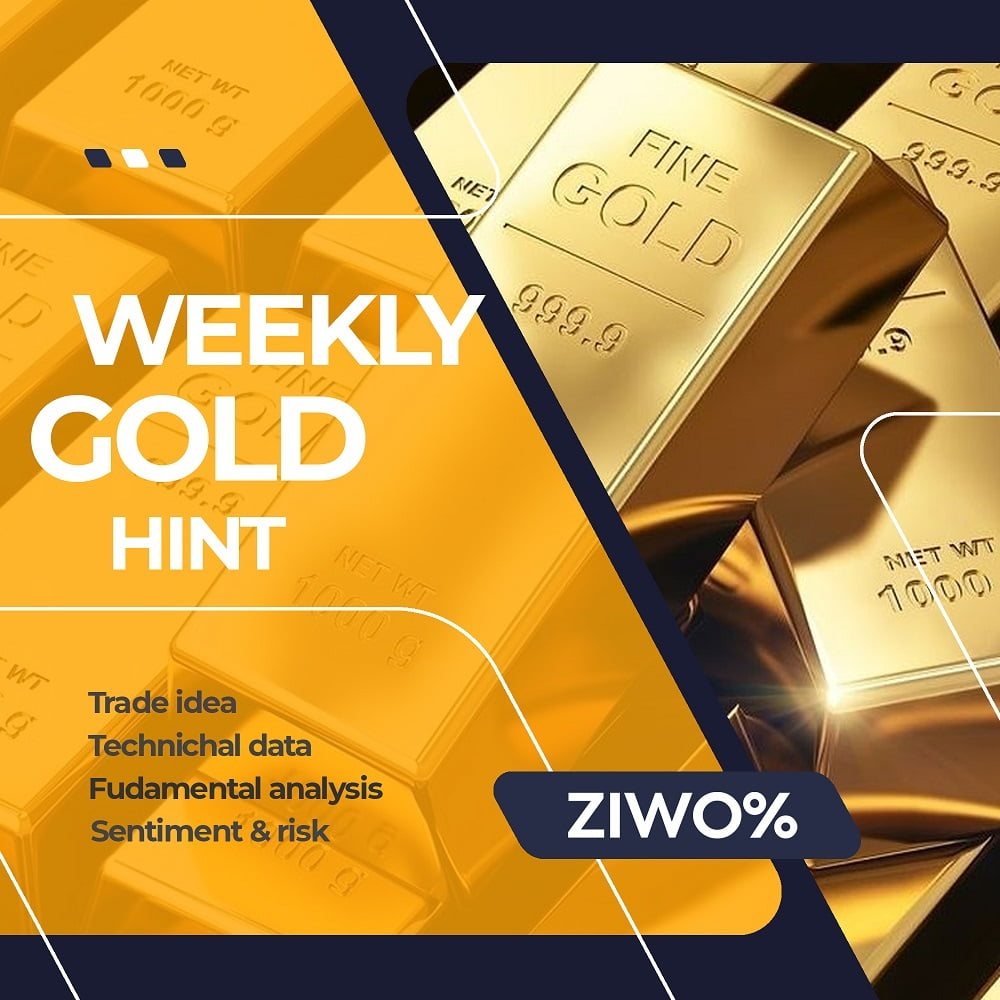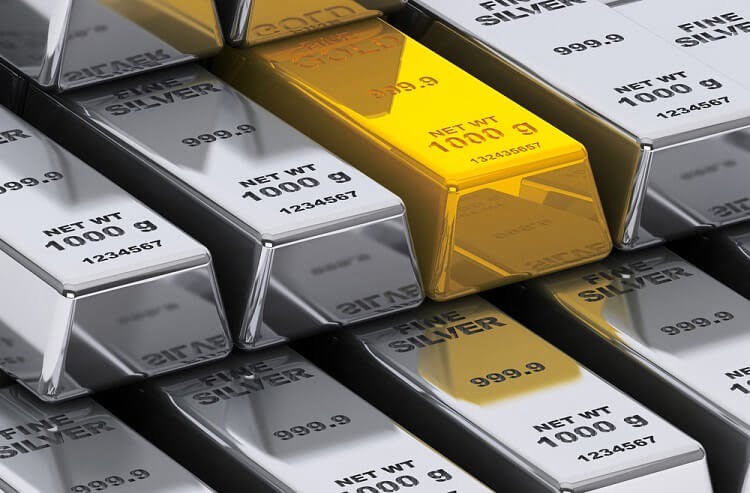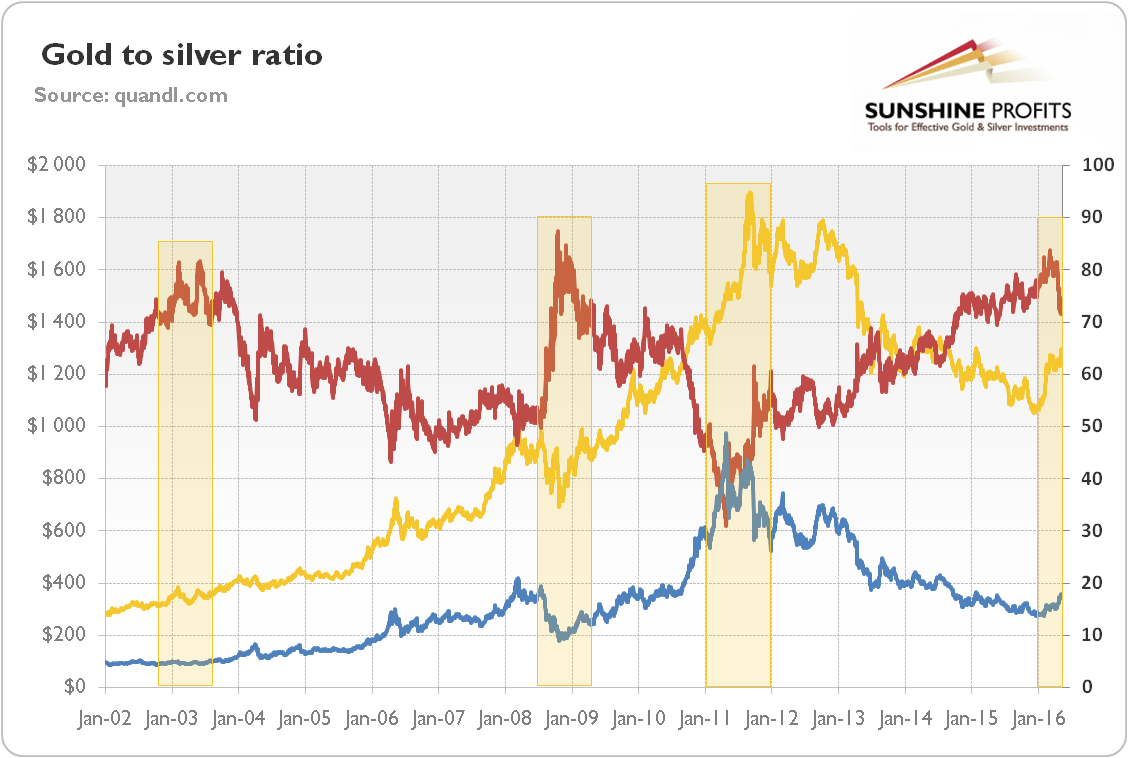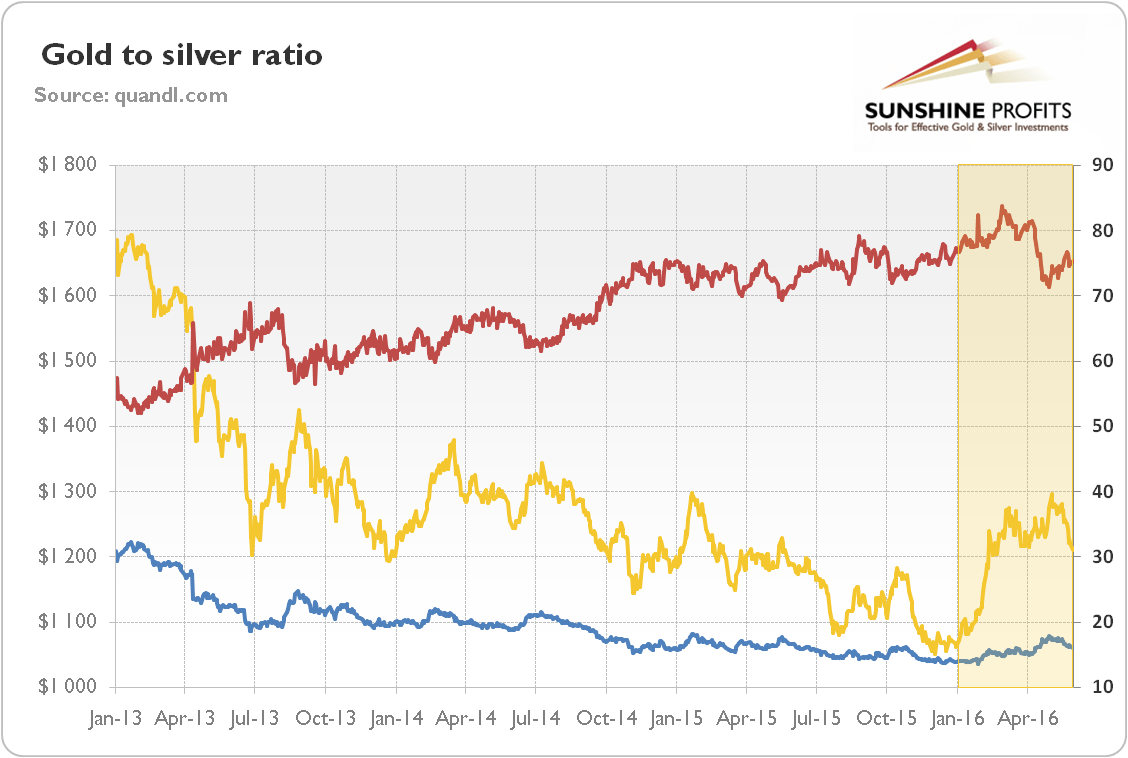Weekly gold analysis
The rise of the dollar index last week was able to put pressure on gold and we saw the drop in gold prices last week
The previous meeting of the Federal Reserve did not clarify the tasks of the traders very much, so the traders are looking to the next meetings for their final decision to see signs of an interest rate increase or ending it.
Global inflation is like a running horse that continues to rise and interest rates and the increase in interest rates have not yet been able to pull the reins of this horse.
Therefore, what we will probably hear from central bank managers will be words like determined efforts to reduce and control inflation.
So traders are looking for This week, Jackson Hole Symposium on Thursday, August 25. Comments and speeches from central banks and other influential officials can create significant market volatility.
The daily trend of gold is short and the pressure on gold is so much that it can record lower prices for itself
The price of $1722 will be achieved if the market once again finds signs of rising interest rates.

🔻 Based on Ziwox Terminal data, Trend is short, Fundamentally Gold is bearish, and our AI forecast report 82% sell vs 12% buy
🔻 Supports are: $1738, $1722 and $1712
🔻 Resistance: $1765 and $1803
🔻 Any upside reversal movement is a short opportunity
GOLD, XAUUSD Short, interest rate pressure and Jackson Hole Symp by Alisabbaghi on TradingView.com










Leave a Reply
You must be logged in to post a comment.